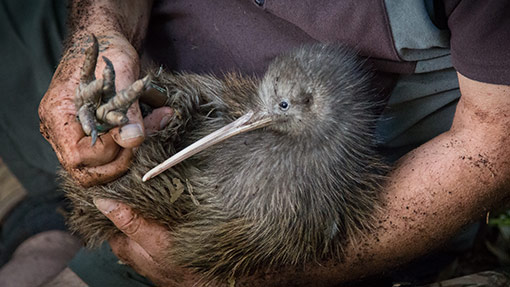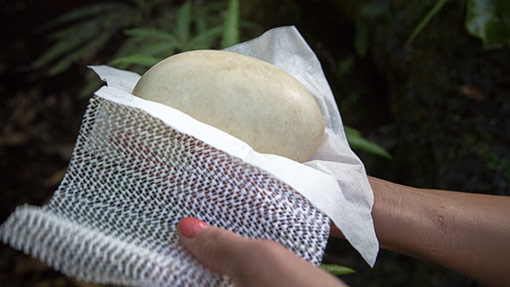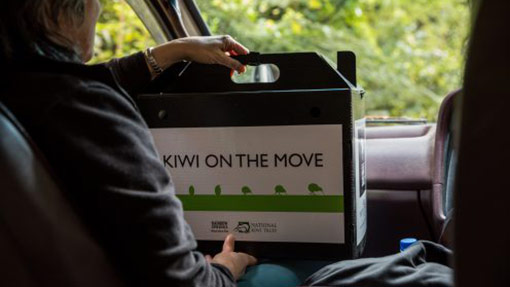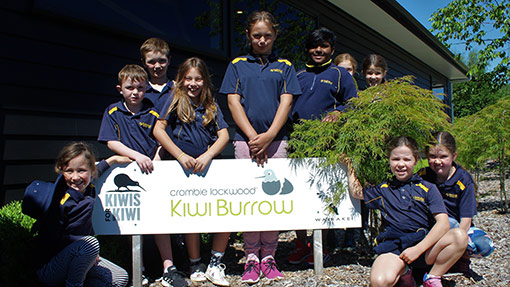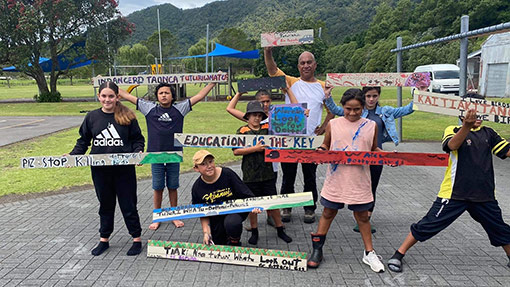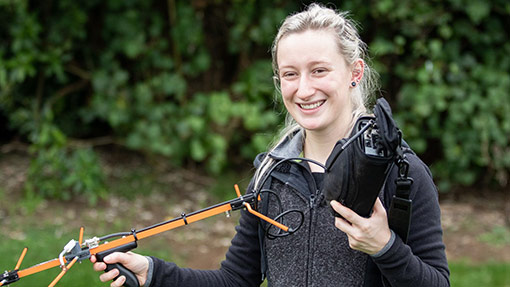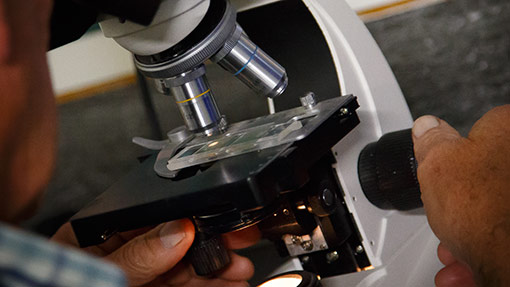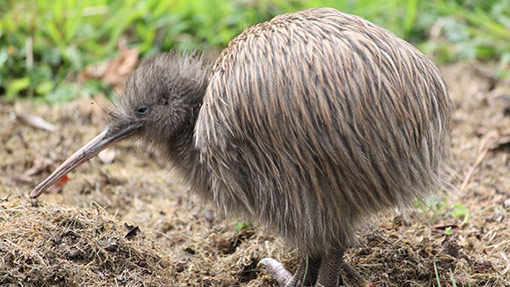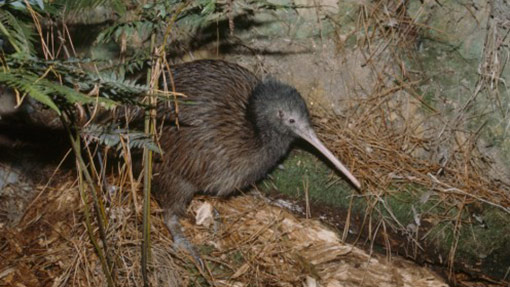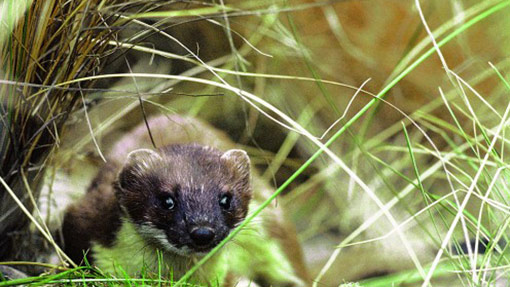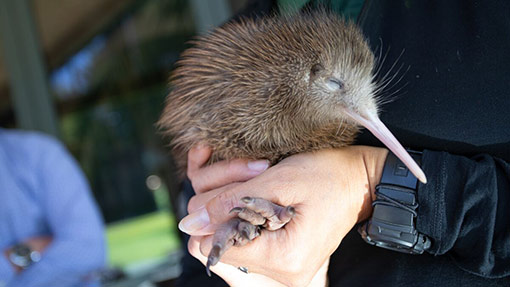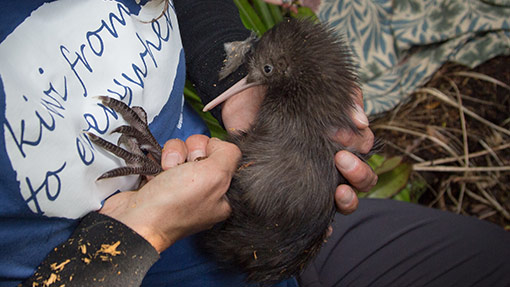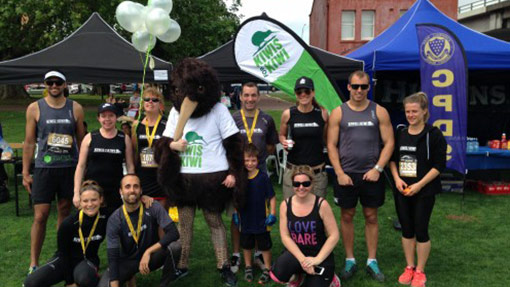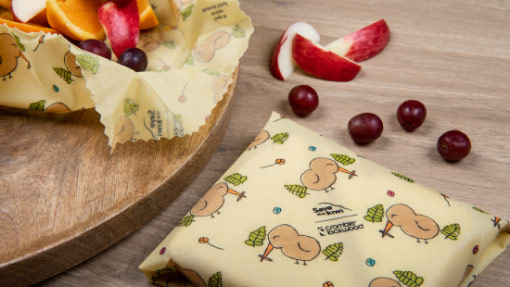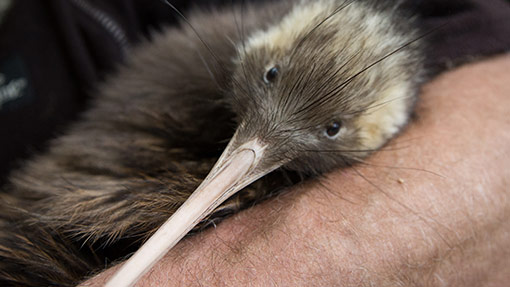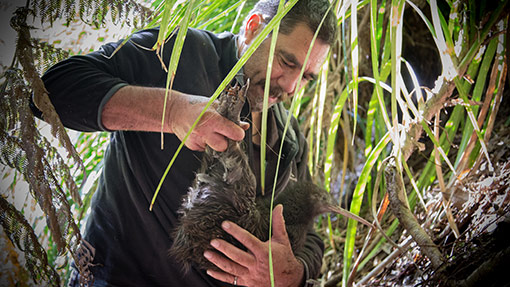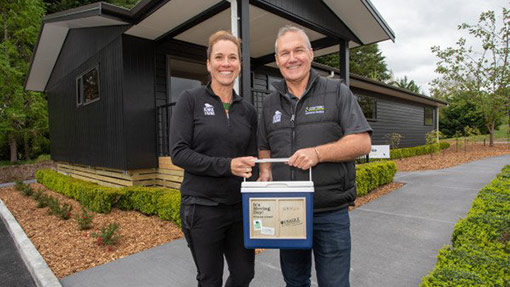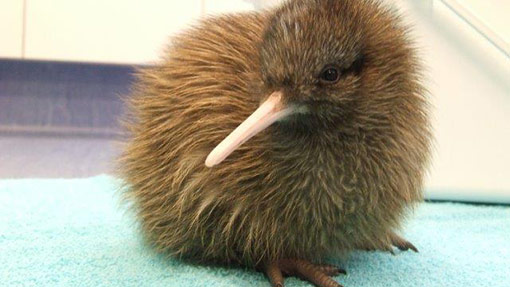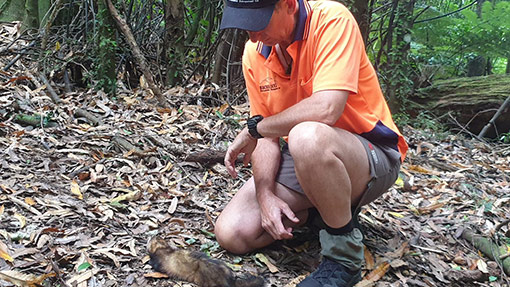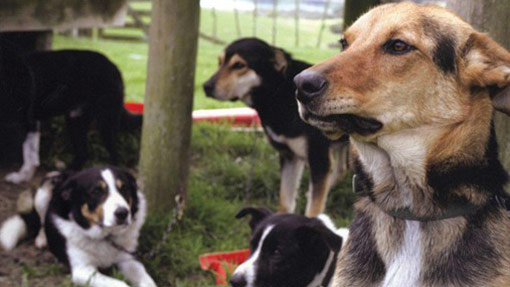Whenuakite Kiwi Care Group has been operating since the year 2000 on 2600 ha of private land and 930 ha of Public Conservation land. Undertaking predator control targeting all introduced predators. The funding is to support predator control initiatives
Project Kiwi Trust is a kiwi conservation project operating on the Kuaotunu Peninsula, near Whitianga on the Coromandel Peninsula. Project Kiwi was the first community-based project in New Zealand to protect kiwi and has sustained its effort for 25 years.
Moehau Environment Group undertakes landscape-scale mustelid trapping in 9,910ha of kiwi habitat, primarily on private land. The funding is to support predator control initiatives.
Mahakirau Forest Estate (MFE) is an Internationally Significant Natural Area strategically located near the IUCN I rated Manaia Forest Sanctuary. It is home to several species of highly threatened fauna including internationally identified conservation priorities including Archey's frog; the newly discovered Coromandel Striped gecko; and the almost extinct Helm's butterfly.
Thames Coast Kiwi Care works in partnership with private land owners and DOC to oversee an extensive trapping program targeting mustelids for kiwi protection along the Thames Coast and inwards towards the central Coromandel range.
The core area of the project includes two Significant Natural Areas ranking of national importance by the Waikato Regional Council. A predator control contractor services 250 stoat traps and 80 bait stations in the area plus maintains the tracks covering a trapping footprint of over 3,000 hectares of steep regenerating and mature native forest. The funding is to support predator control.
ECOED is the largest community led conservation project in Hawke's Bay, encompassing 15000ha of mountain beech forest as well as 40ha of predator-free creche site. Annual volunteer contribution exceeds 4200 hours.
Maunga Putauaki is managed for ecological protection and restoration through a jointly funded Environmental Programme delivered by Bay of Plenty Regional Council. The maunga Putauaki Predator control plan supports the ecological restoration kaupapa by developing a predator control programme funded by Nga Maunga Kaitiaki Trust.
The Whakatāne Kiwi Trust promotes, supports and manages community based biodiversity projects in the Whakatāne area to facilitate the growth of sustainable populations of kiwi and other indigenous species. The funding is to support kiwi avoidance training, and the balance towards management costs.
Omataroa occupies a 7,777 ha area consisting of approximately 7100 ha of exotic production forest, and a further 546 hectares of indigenous forest. It is Maori Trust land with 7000 shareholders. Funding is to support trapping programme.
The Maungataniwha Kiwi Project commenced in 2006. It has produced over 320 juvenile kiwi for release. Currently over 200 of these have been returned to the Maungataniwha Native Forest. Pair numbers have risen from 60-65 pair to around 120 pair.
This funding is to complete baseline studies.
The long term goal of Paparoa Wildlife Trust is to increase the roroa great spotted kiwi population in the Southern Paparoa Ranges through a combination of O.N.E and predator control.
This funding is to support trapping for three years, based on best trapping density and 14 checks per year.
Puketotara Kiwicare Group began in 2012 covering 1800 ha, it is now known Kerikeri-Puketotara Catchment CPCA covering a total 5,743 ha. They provide an Integrated Pest Management Plan to protect an estimated 280-300 kiwi. This funding is to support your trapping for three years, based on 14 trap checks per year.
Kerikeri Peninsula Pest Control is a community initiative working to protect kiwi and other native species. Our area is Akeake Reserve/Opito Bay in the east to Rangitane Stream in the west near Kerikeri. This funding is to support trapping for 14 checks per year for three years.
Pukenui Forest Trust formed in 2008 has a long term goal aiming to restore and enhance the Pukenui/ Western Hills Forest area. This is being achieved with various predator control methods including trap networks for the control of mustelids and feral cats, toxin networks for the control of possums and rats, weed control and the hunting of goats/pigs which have been removed entirely from the forest. Species reintroduction's began in 2018 with the first translocation of North Island brown kiwi into the forest. This funding is for monitoring of kiwi.
Matakohe-Limestone Island is a 38 hectare restoration island located in the upper Whangarei Harbour. Te Parawhau have mana whenua over the island It has been managed as a community project by the Friends of Matakohe - Limestone Island Society (FOMLI) for over 20 years, and been a kiwi creche for over 10 year. For the 2021-22 funding year, the funding is to cover labour and boat running costs for trapping in the buffer area, boat running costs for taking kiwi on/off the island, a kiwi dog survey and trail cameras.
Kiwi Life is an iwi/community-led collaborative initiative with the aim of establishing a financially self-sustaining environmental/cultural education facility and restoration venture to inspire a greater connection to biodiversity through educational experiences to raise awareness of social, cultural and ecological values of kiwi and other taonga. The funding is for trapping on the peninsula.
Taupo Bay Land and Coastal group started in Nov 2017. The group started because Taupo Bay has a remnant population of Kiwi and also nesting Dotterels . There was no control of cats and stoats in this area prior to 2017. This funding is for trapping costs.
The main aim of this project is to preserve and to enhance enough kiwi habitat to sustain a population of thirty pairs of North Island Brown Kiwi.
Te Ranga is a 675 ha farm in the Far North neatly positioned between the pest controlled areas of Pamu Takakuri, Otangaroa and Omahuta forest. This funding is for trap checks.
The purpose of this project is to identify, monitor and protect the already established population of kiwi on Whakakoro. This funding is to fund 1 trap per 15ha, 14 checks/year plus the installation costs with recommended number of traps.
In the 13.5 years since the Puketi Forest Trust was established they have set up ten trap-lines to control stoats and feral cats on 5,500 hectares in Puketi Forest and one in the 82 hectare Puketi Scenic Reserve. This funding is to support trapping costs.
This funding is to support the work at the Motatau project area (estimated 300ha), with the addition of bait stations.
Russell Peninsula is a stronghold of kiwi and NI weka. Our long-term goal is 500 pairs of kiwi breeding on the 3400ha peninsula. In 2015 Russell Kiwi Protection (RKP) was initiated to protect kiwi on private and public land. Currently, we and another contractor control stoats on 2000ha.
The location of the project is the Bay of Islands, Waimate North and Upper Waitangi River Catchment, between Kaikohe and Kerikeri, bounded by State Highway 1, Wiroa Road, State Highway 10 and Old Bay Road - circa 9000 ha. The area comprises pastoral land, exotic forestry, shrubland, indigenous forest remnants, and streams and adjacent wetlands. Several threatened species are in the area including, North Island Brown Kiwi, Kereru (New Zealand Pigeon) and Kauri Snail. This funding is to support trapping programme.
The Kaipara Forest Conservation Trust was set up to control pest species in native forests within the Kaipara District. This funding is to support trapping programme.
A volunteer group based in Peria inland from Doubtless Bay Te Tai Tokerau – Far North, Aotearoa – New Zealand. Working together to enhance and protect our Honeymoon Valley ecosystem, for the enjoyment and benefit of present and future generations. This funding is to assist with predator control, specifically to fund a trapper.
This funding is to support the project.
Shakespear Open Sanctuary is NZ's most visited and accessible wildlife sanctuary. A community partnership between Shakespear Open Sanctuary Society and Auckland Council along with NZ Defence Force, Watercare Services and YMCA.
Tiritiri Matangi is a predator-free Island that hosts around 60-80 (2017 survey) Little Spotted Kiwi, the second rarest of the five species.
SIRCET controls rats, cats, possums and weeds, monitors pests and native species (including Rakiura tokoeka) over a 210ha area around the township of Oban, Stewart Island. Kiwi occur naturally within our project area, and a further eleven adult kiwi were translocated in 2013.
East Taranaki Environment Trust aims to work towards a long term vision of 1,000 pair by 2020. Their landscape size project has 13,000 hectares under predator control, with a network of 1300 DOC-200 traps.
Taranaki Kiwi Trust is a charitable trust working across Taranaki to protect Western Brown Kiwi in the wild. Kiwi are New Zealand’s iconic national bird, yet they are considered nationally vulnerable and without help they are likely to be extinct in the wild within two generations. Community involvement and engagement is an essential component for kiwi conservation, and this is a focus of the Taranaki Kiwi Trust (TKT). We work across public and private land to protect kiwi.
Located at the edge of the Matemateonga range, Eastern Taranaki, in the two bush blocks at the head of this valley are kiwi birds. They are active in pest management alongside the Taranaki Kiwi Trust.
The Tiaki te Mauri O Parininihi Trust has been established to guide and manage the protection of land that was returned to Ngati Tama Iwi (tangata whenua/kaitiaki of Parininihi) in North Taranaki as part of the treaty settlement with the Crown in 2003. This is the only iwi-led conservation project of its kind in Taranaki with the aim to fully protect the 1867 hectare area of rich coastal forest at Parininihi.
Rotokare and Taranaki Kiwi Trust (TKT) are partnered in an exciting kiwi project called Taranaki Kōhanga Kiwi at Rotokare (TKKR). A kōhanga is a nursery and breeding site, in this case a protected area where kiwi can breed in abundance without interference of introduced predators.
The West Coast Wildlife Centre is the South Island's largest kiwi incubation and hatching facility and one of New Zealand’s most successful public/private partnerships with The Department of Conservation and Te Runanga o Makaawhio. This funding is to support the construction of new brooder boxes.
